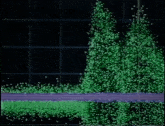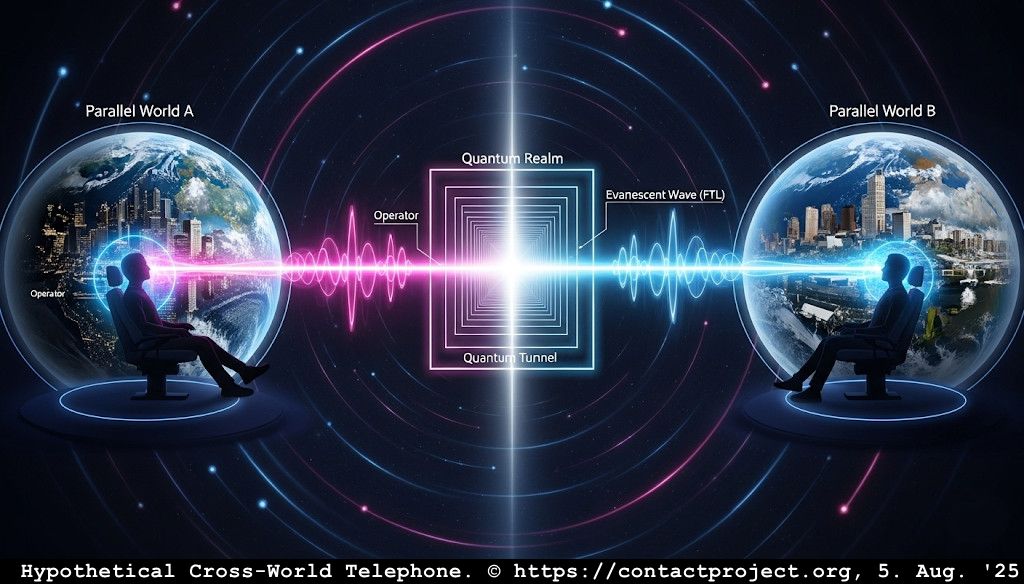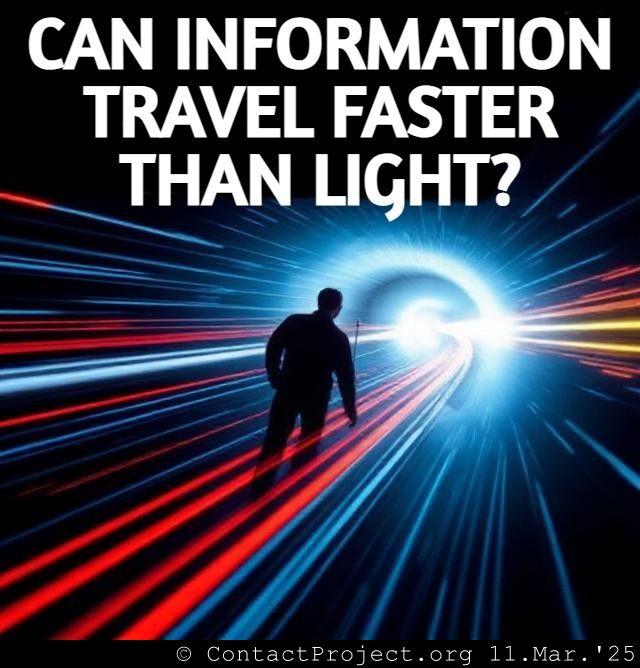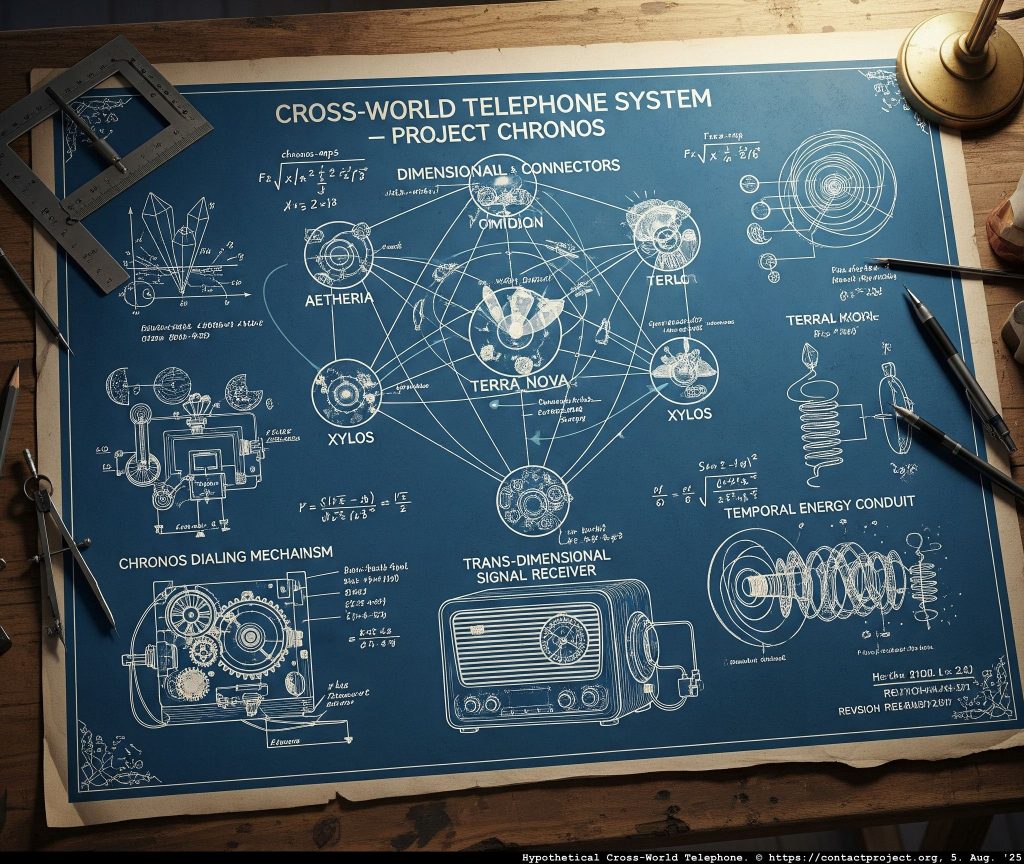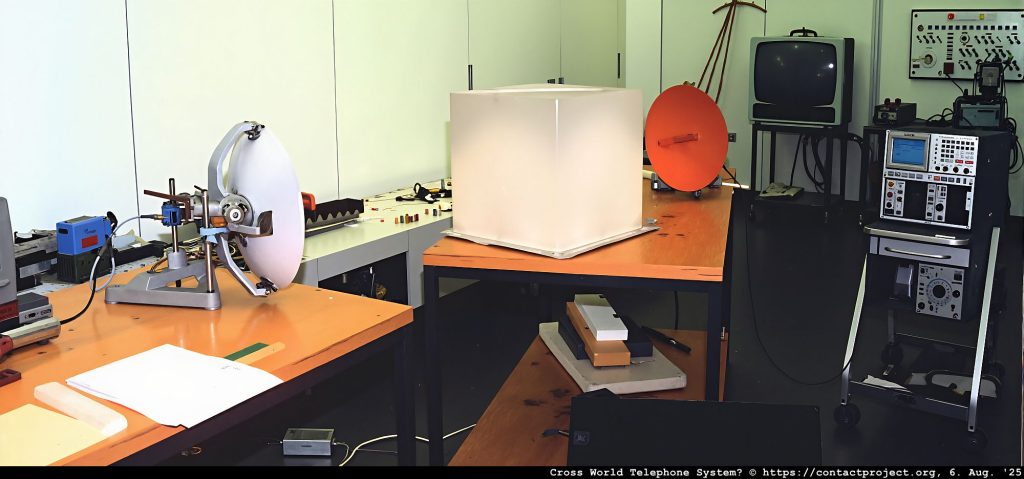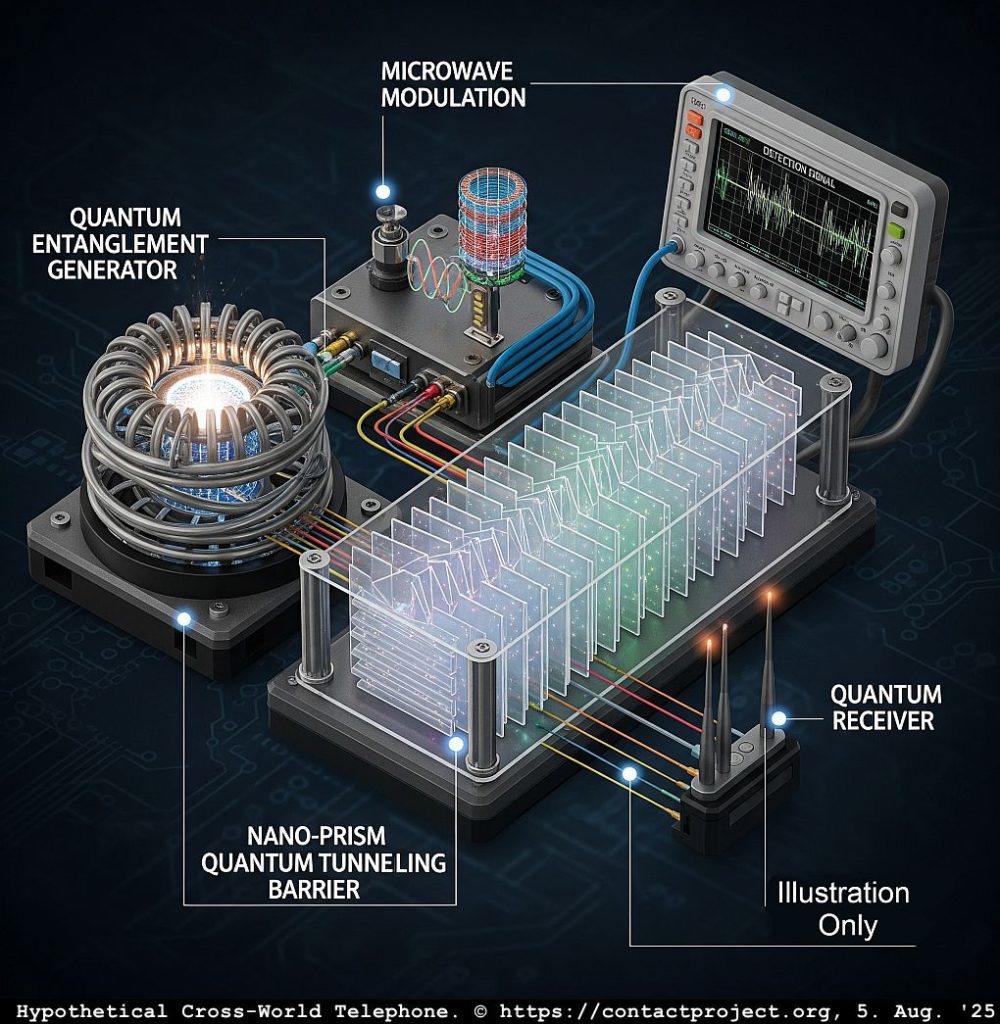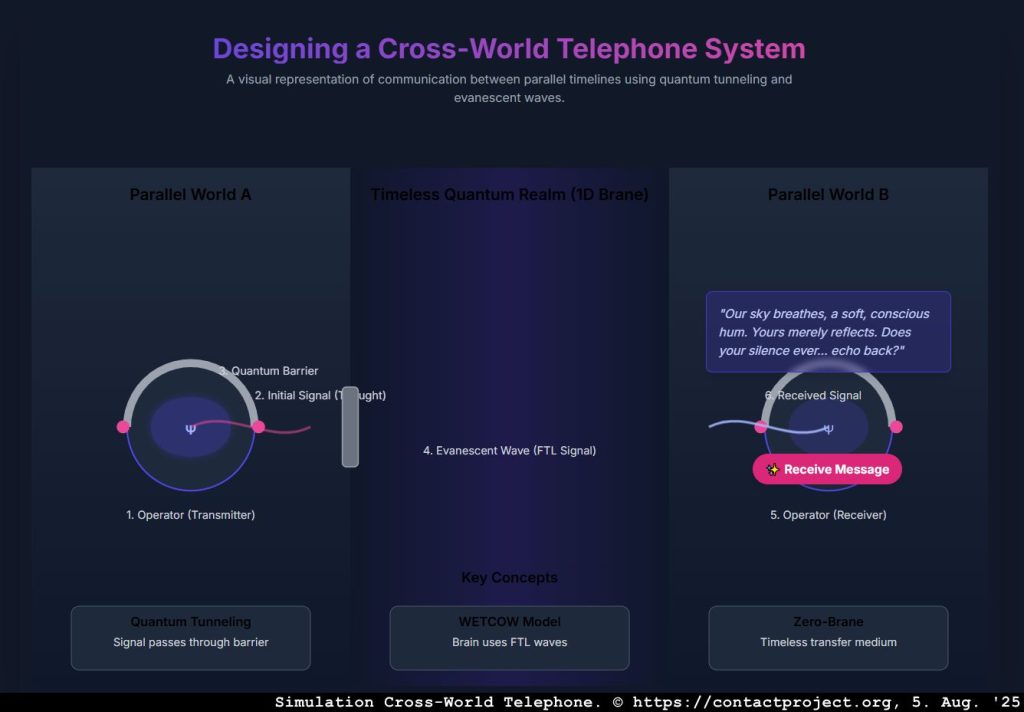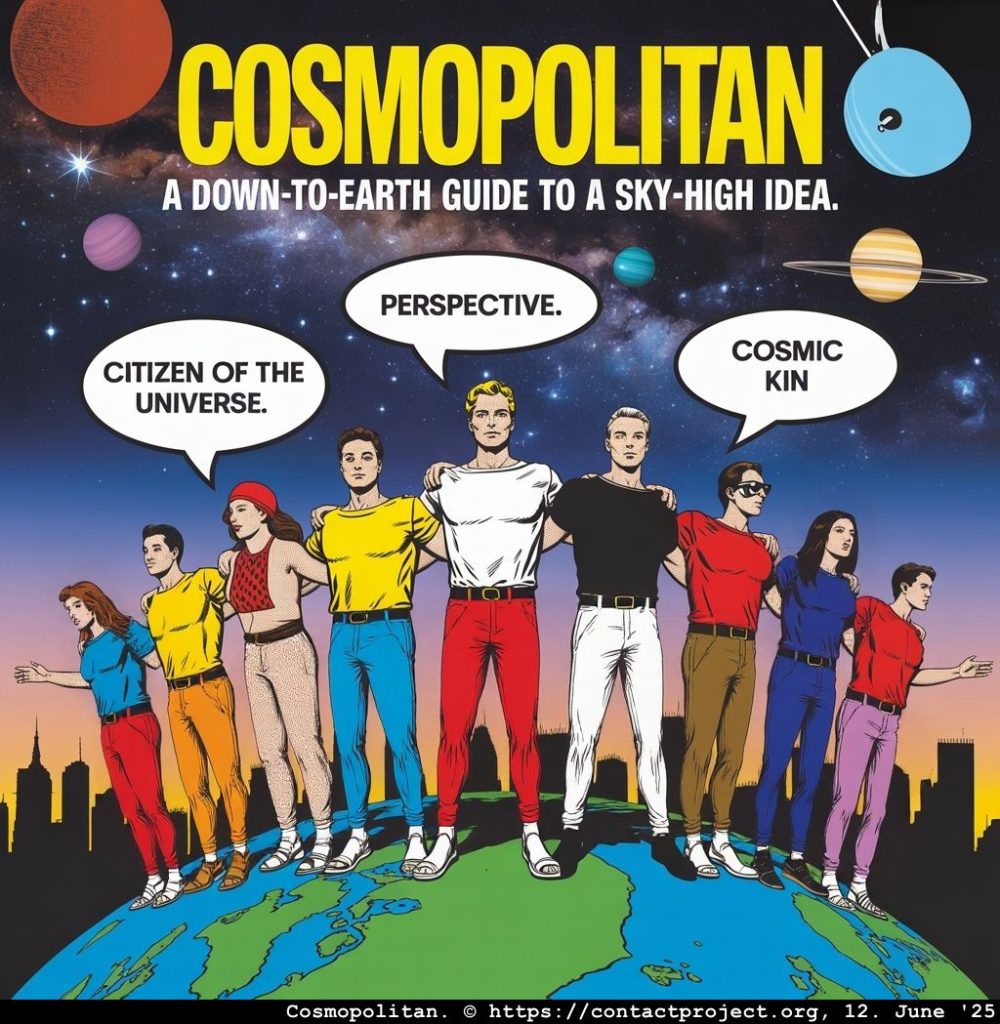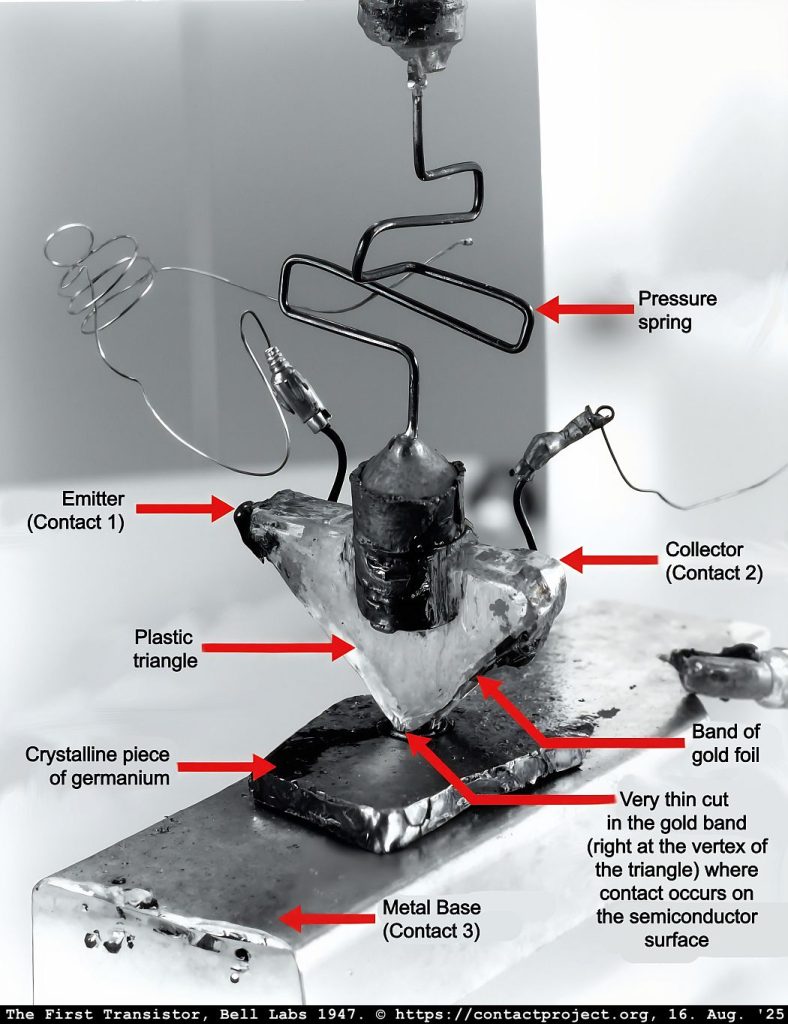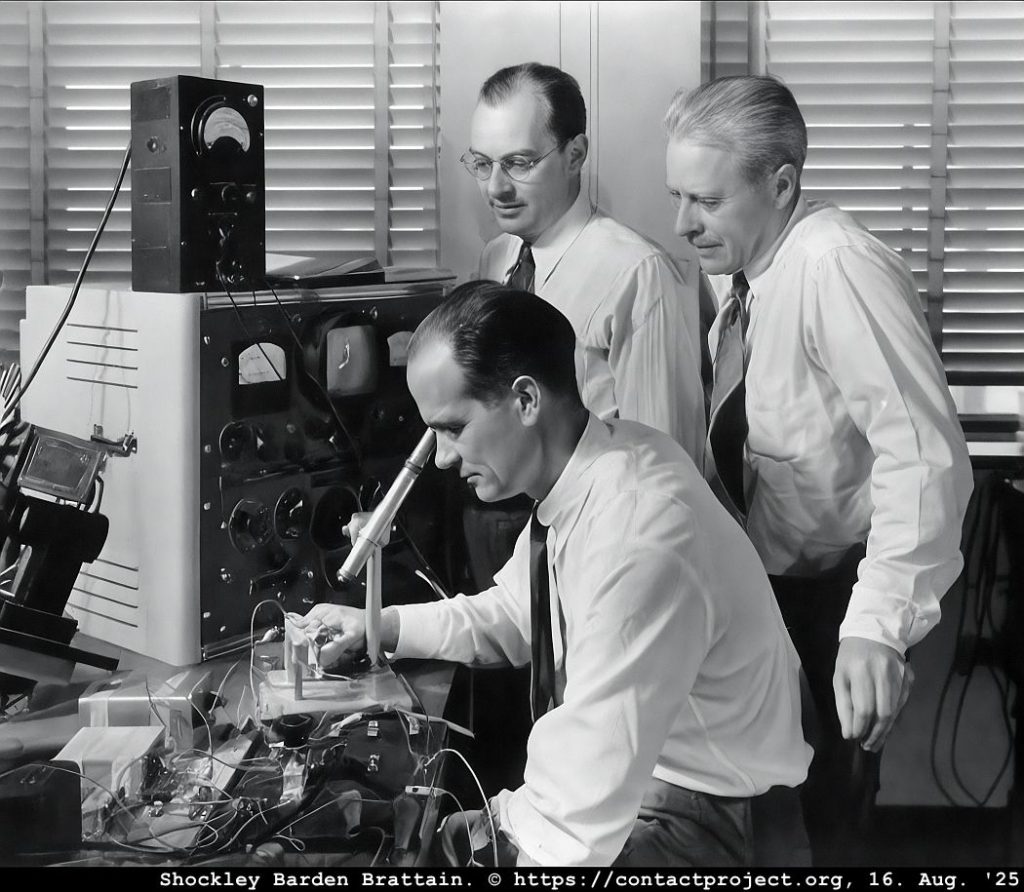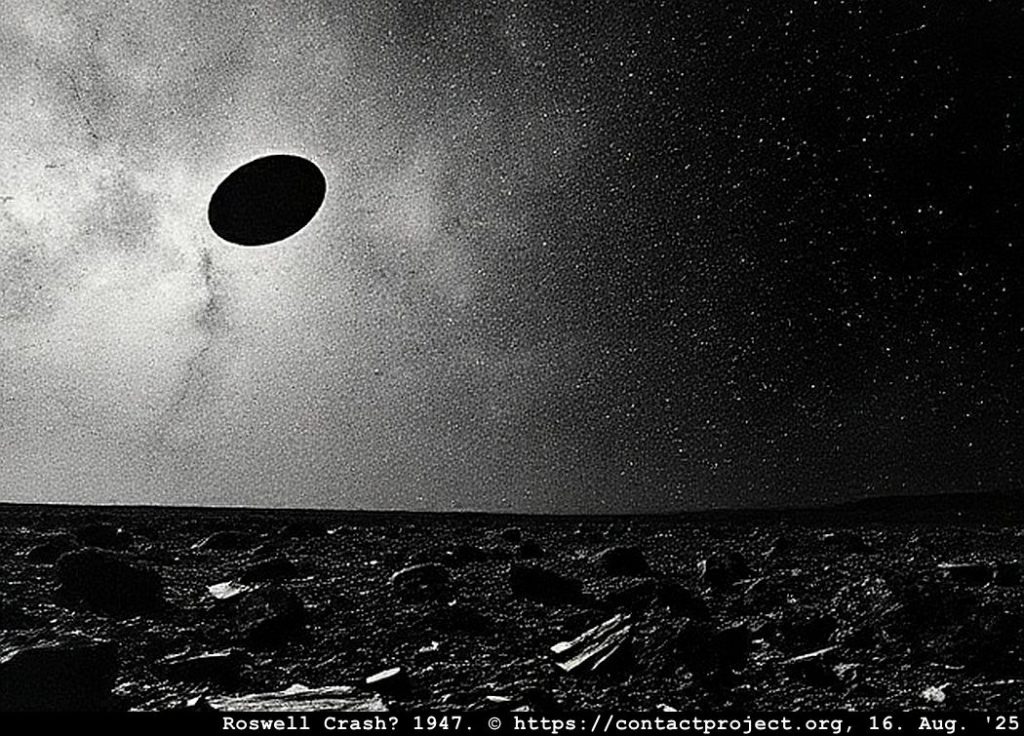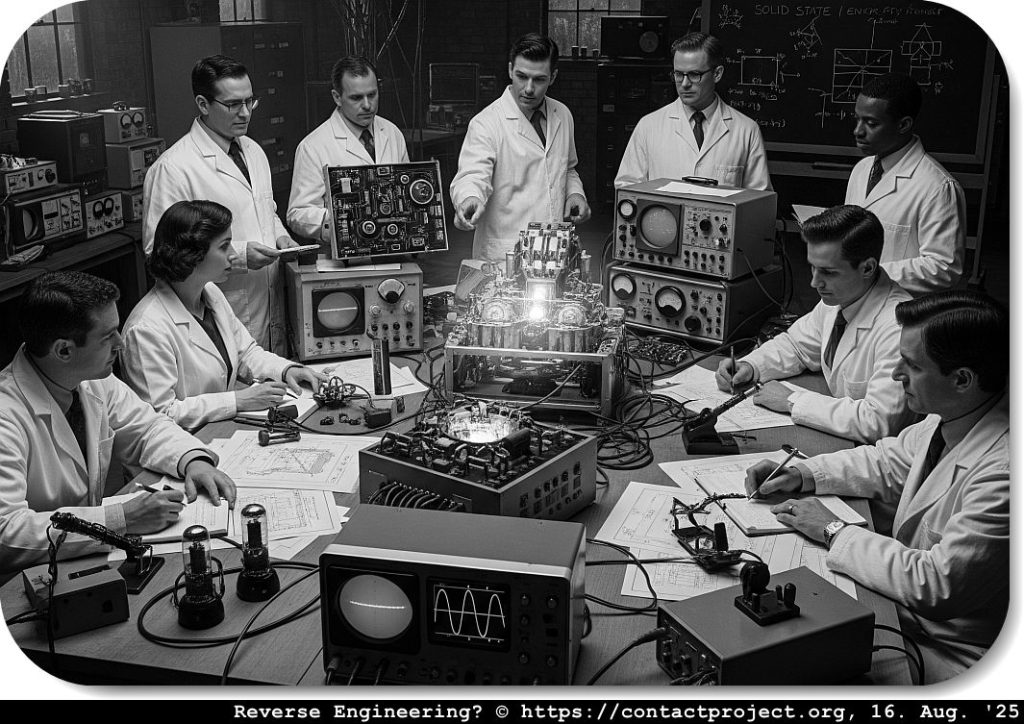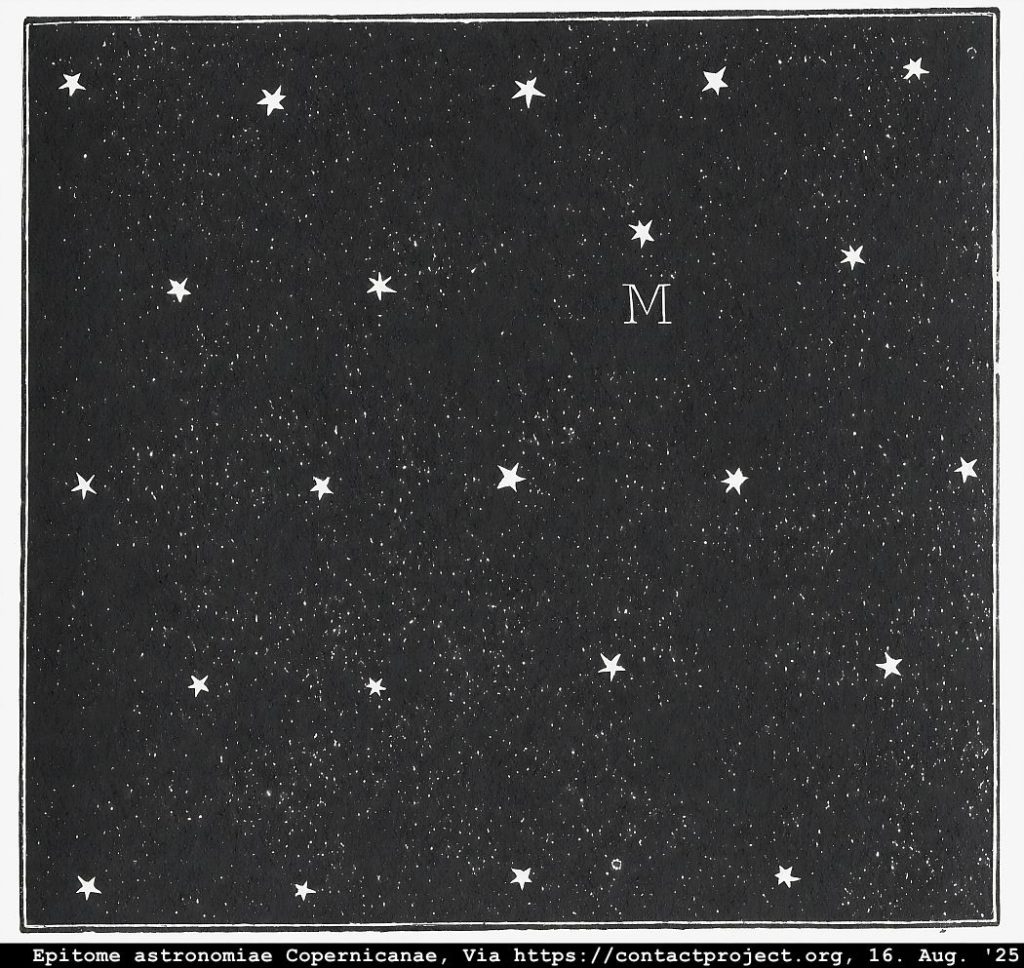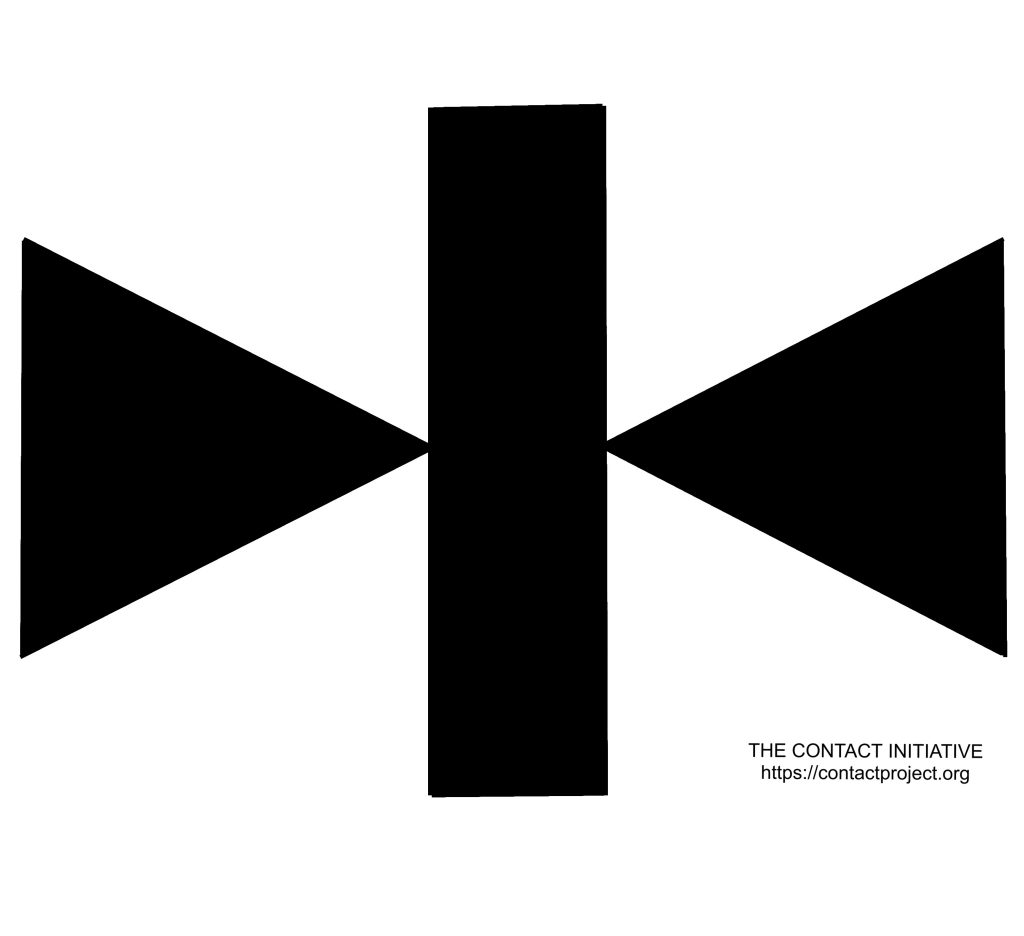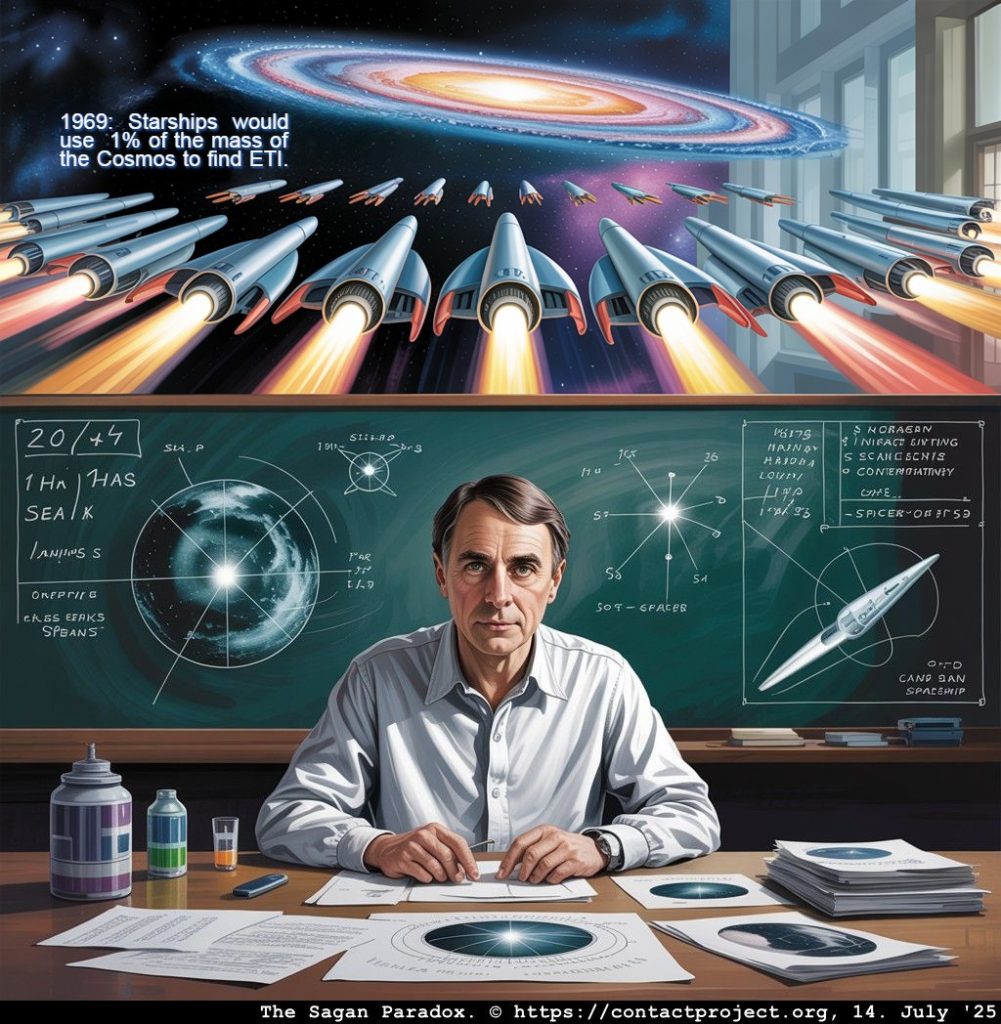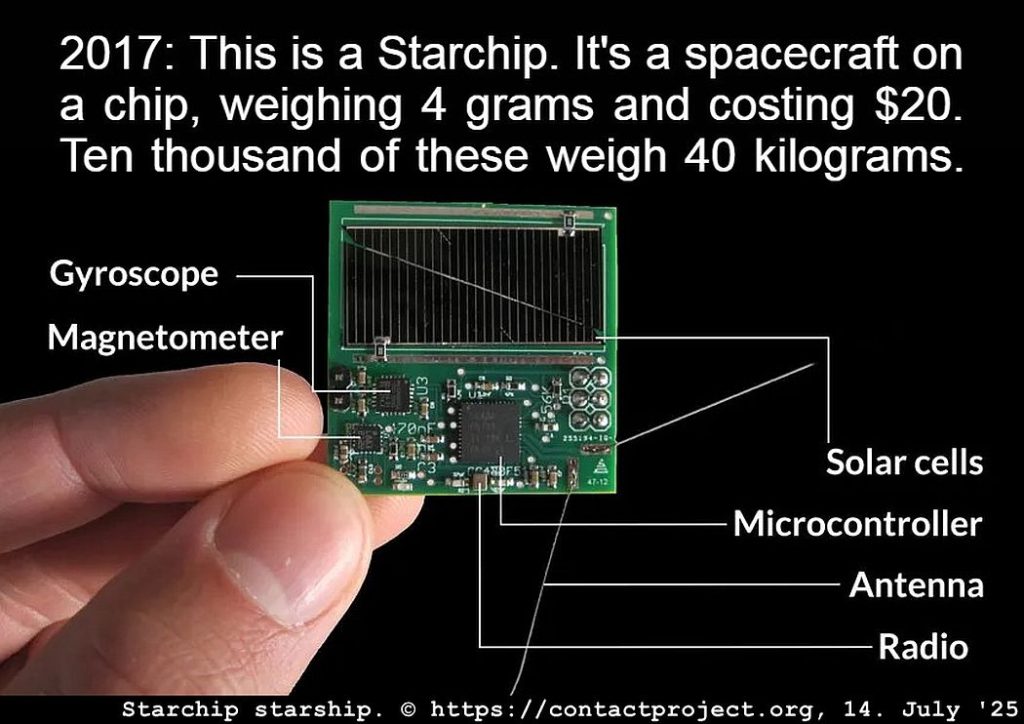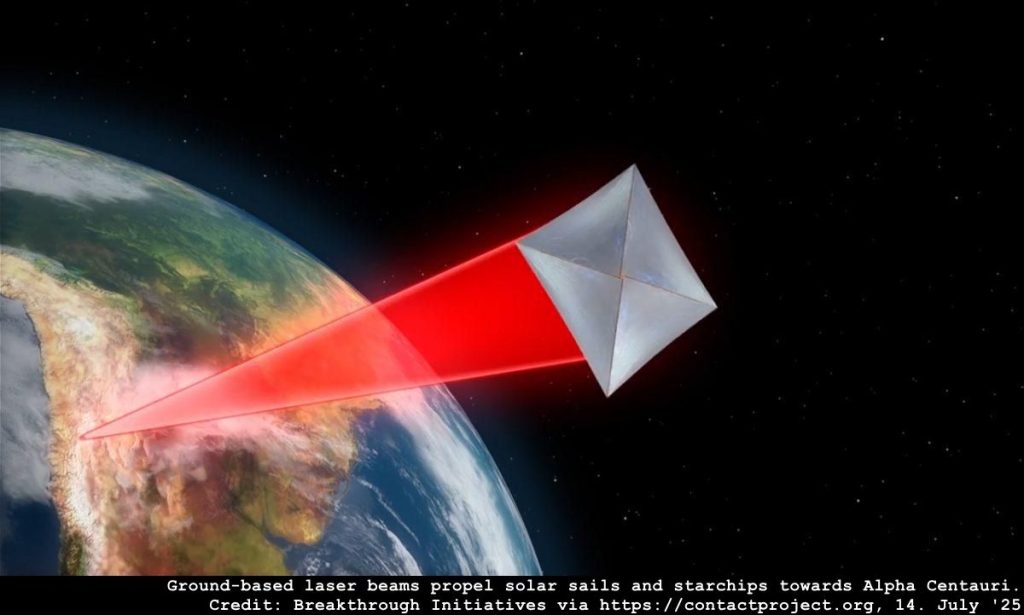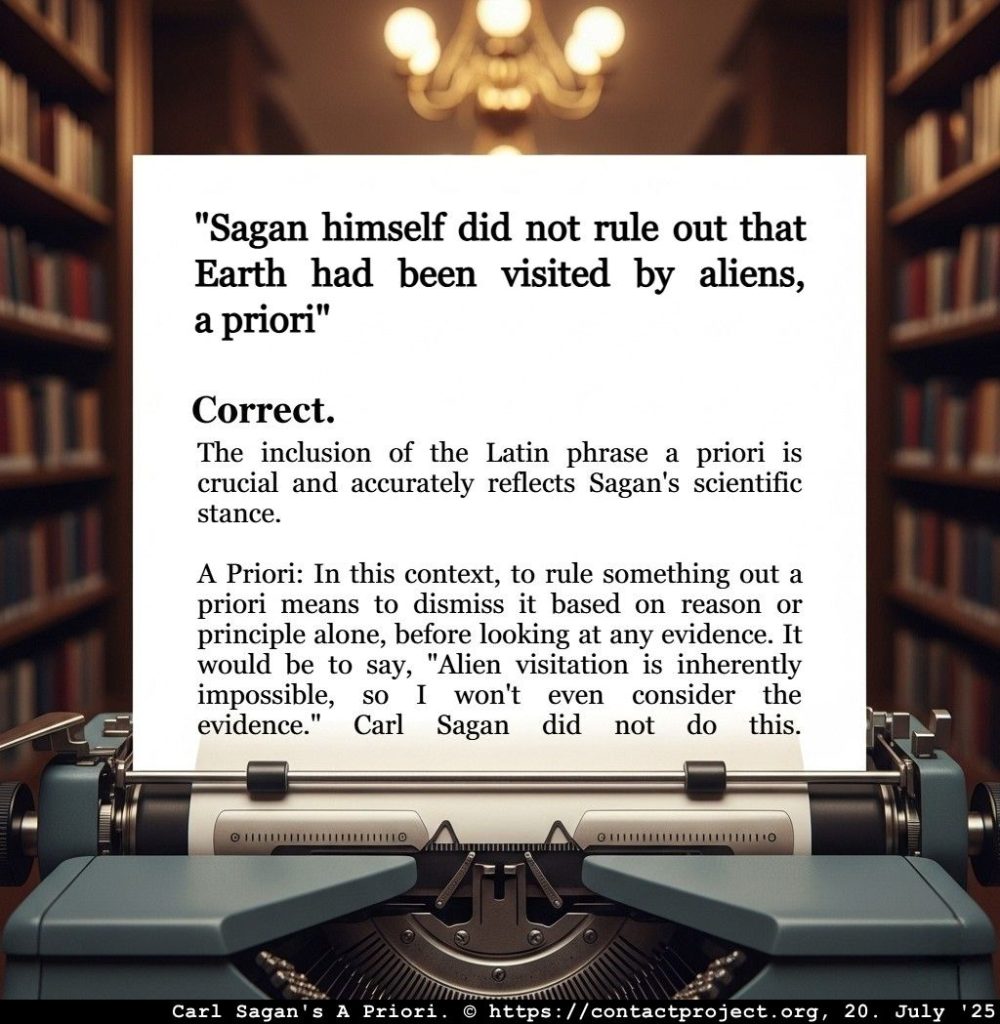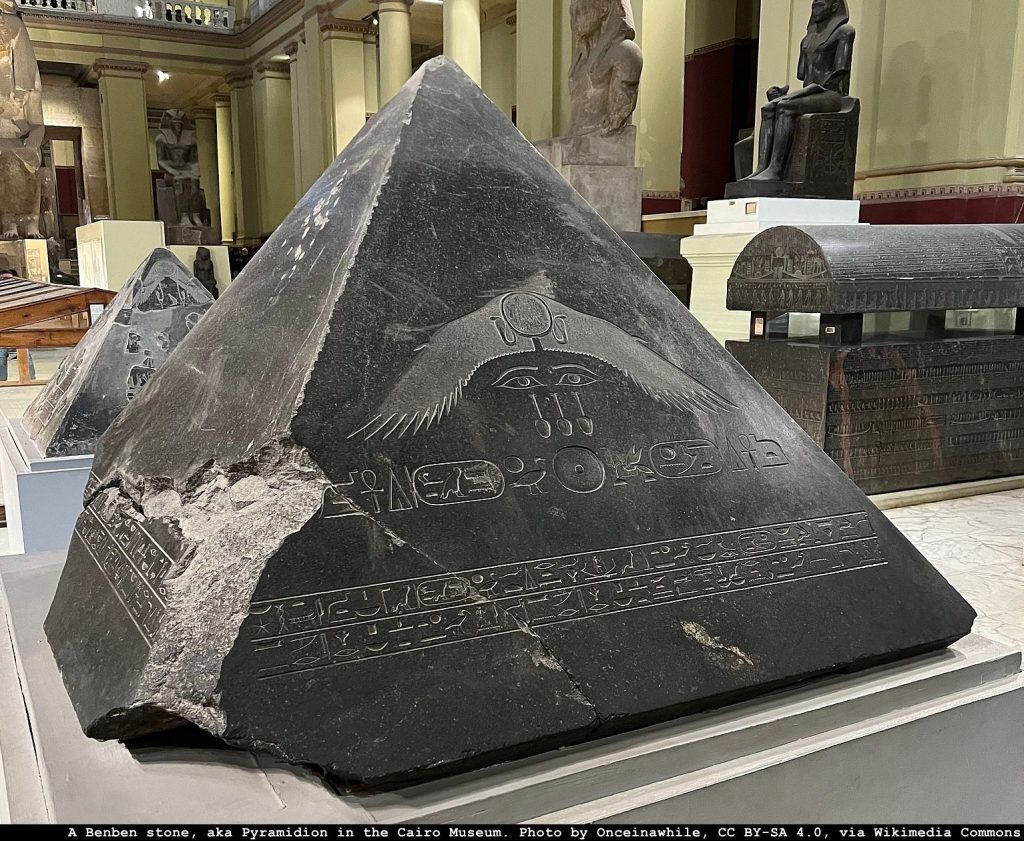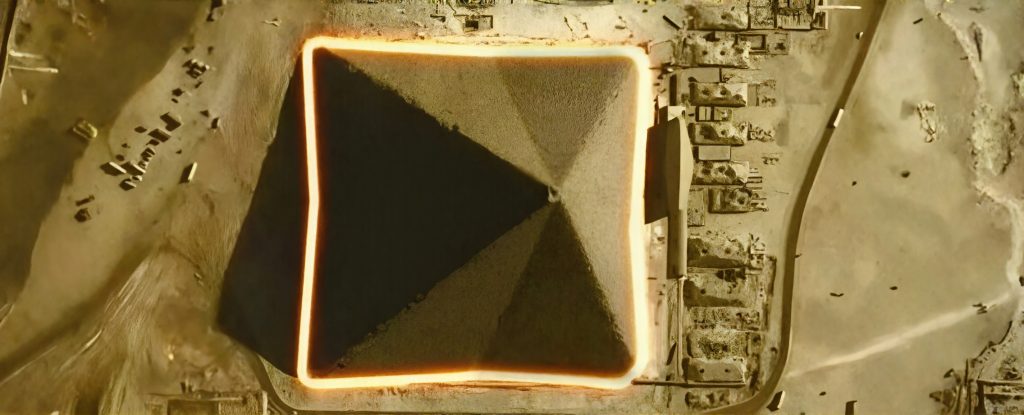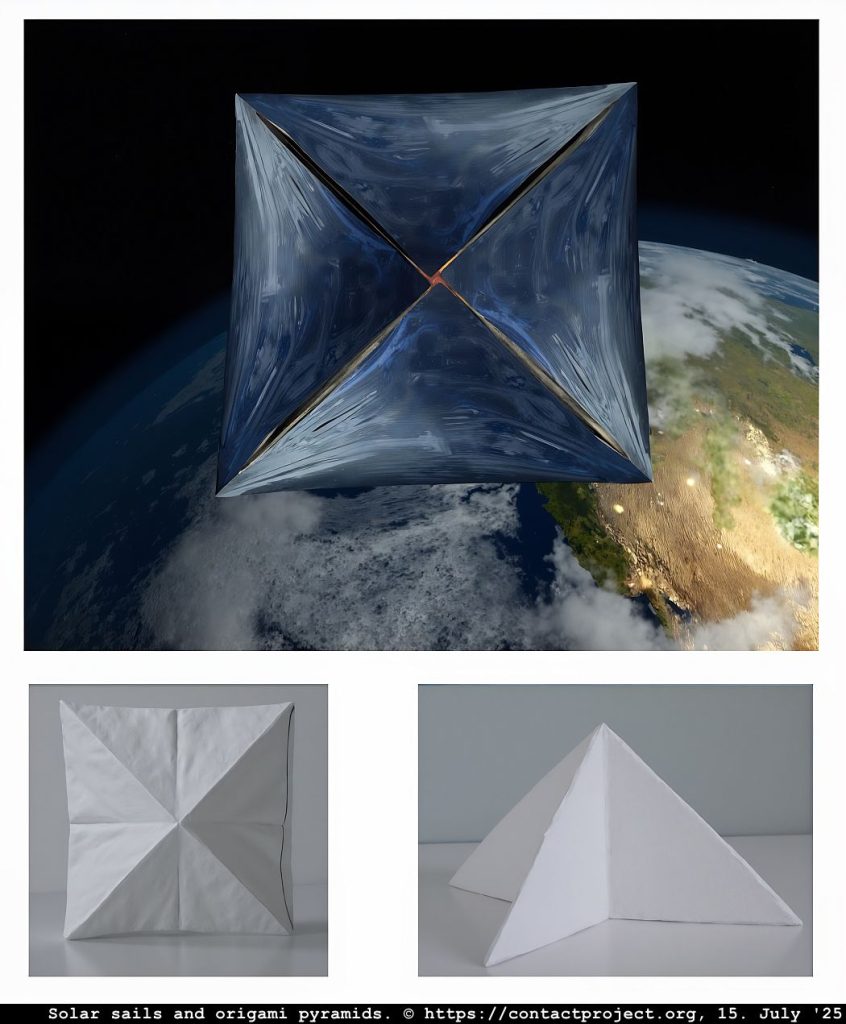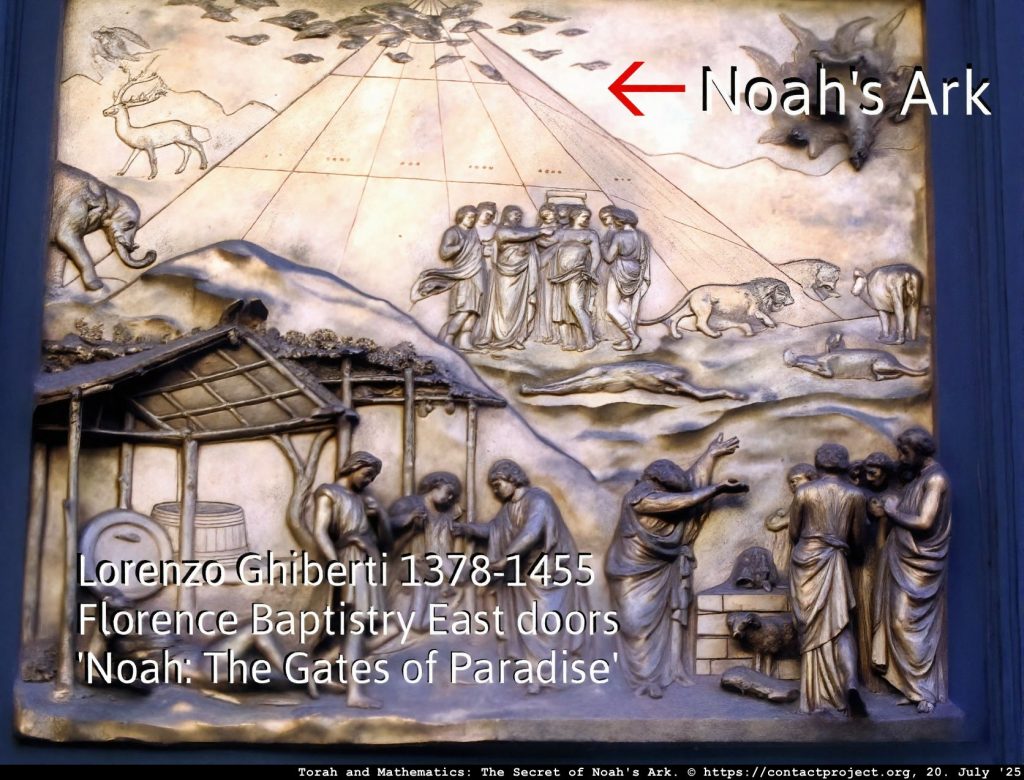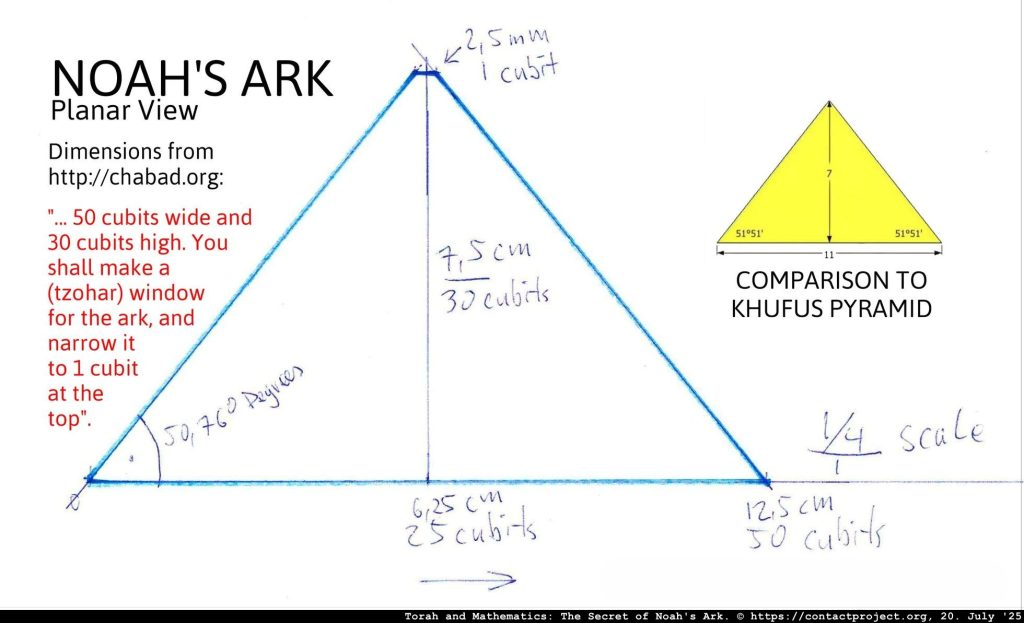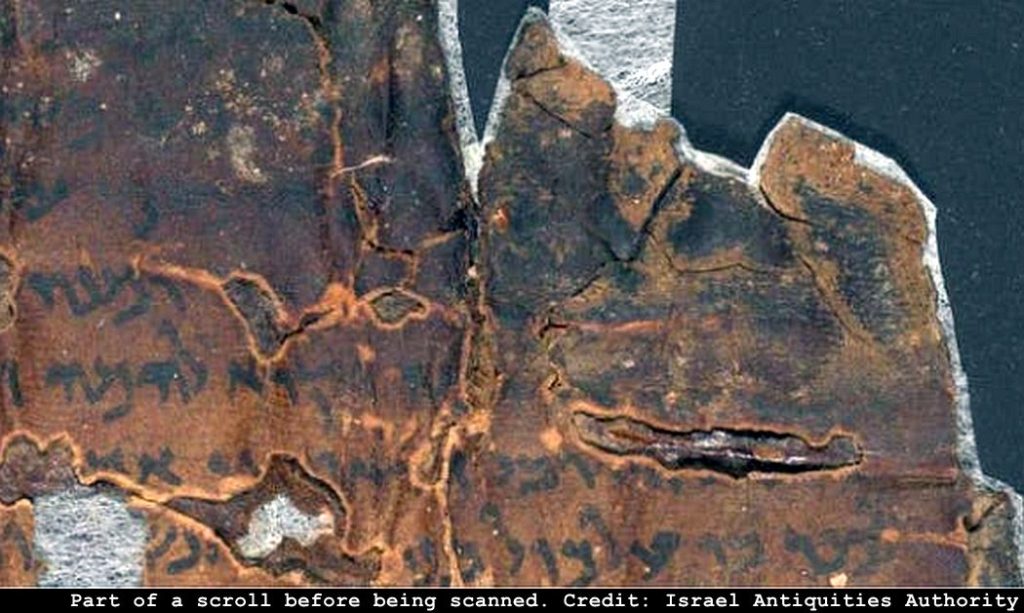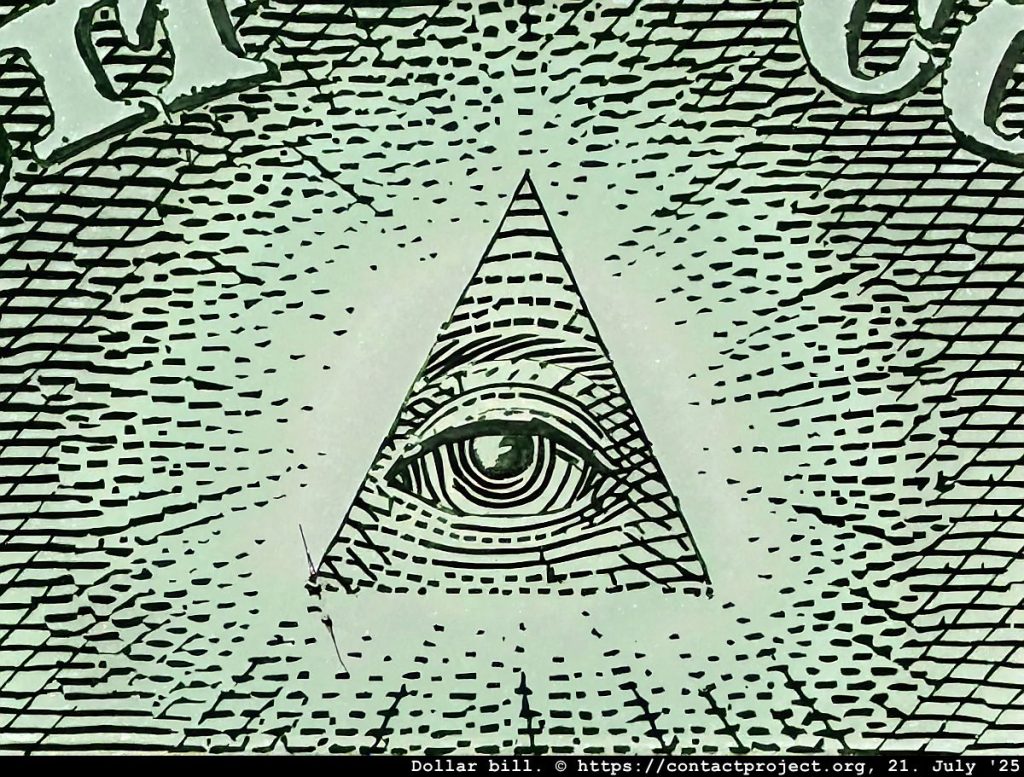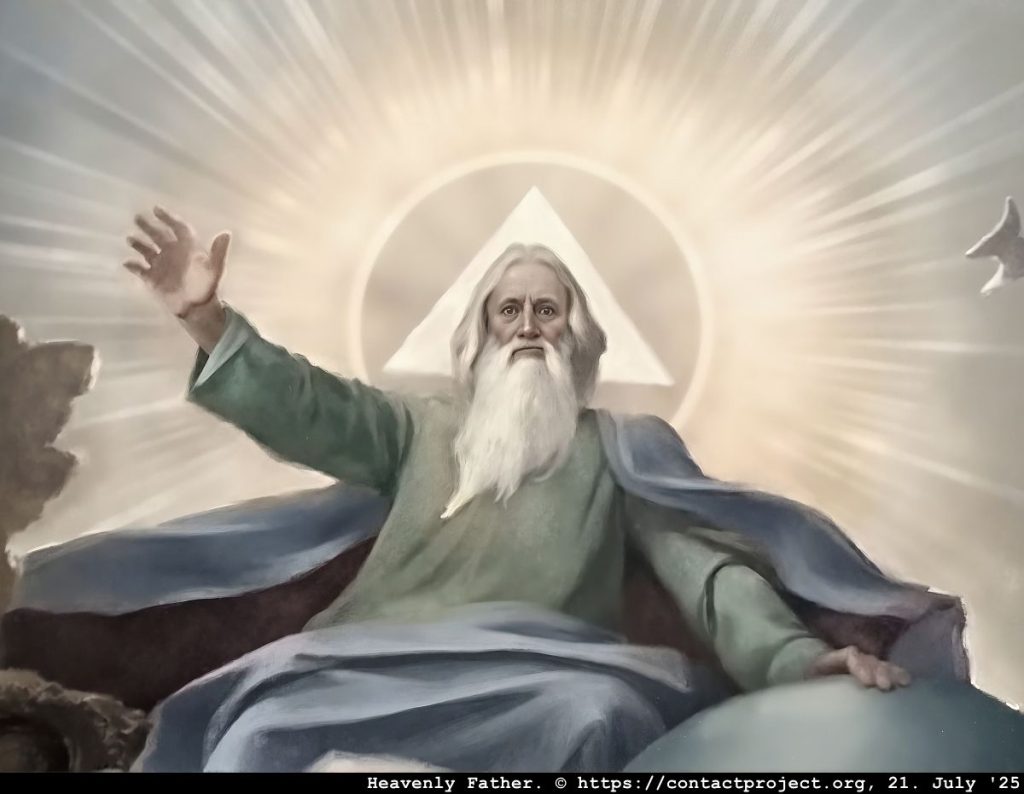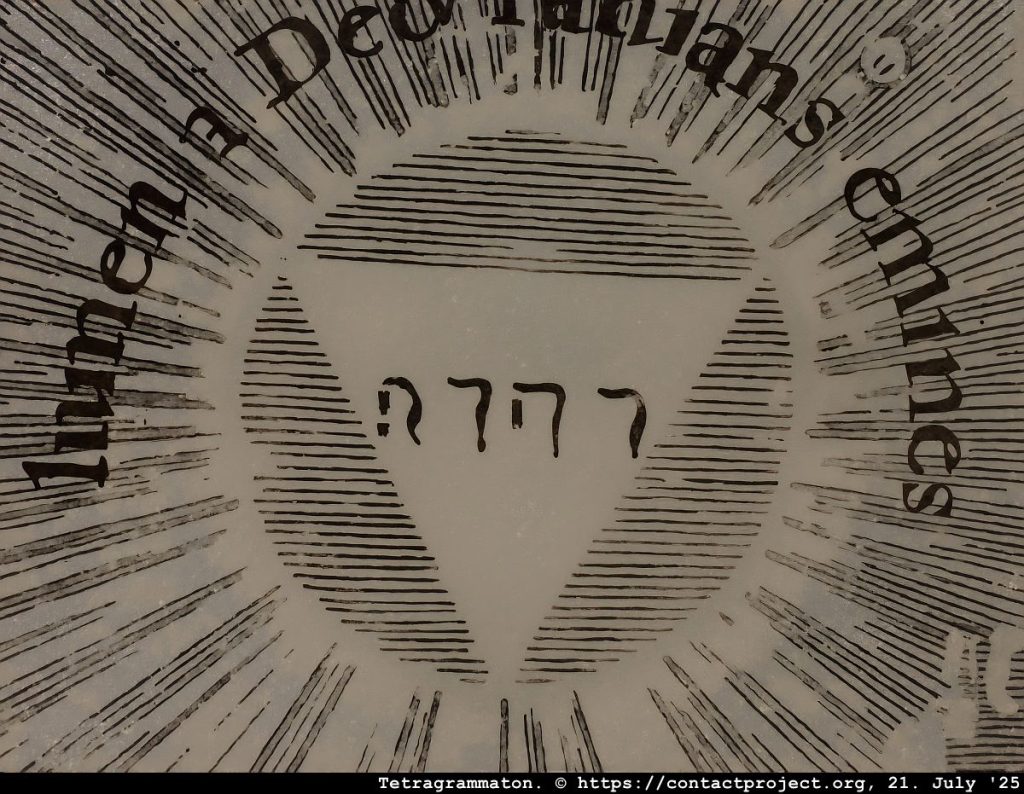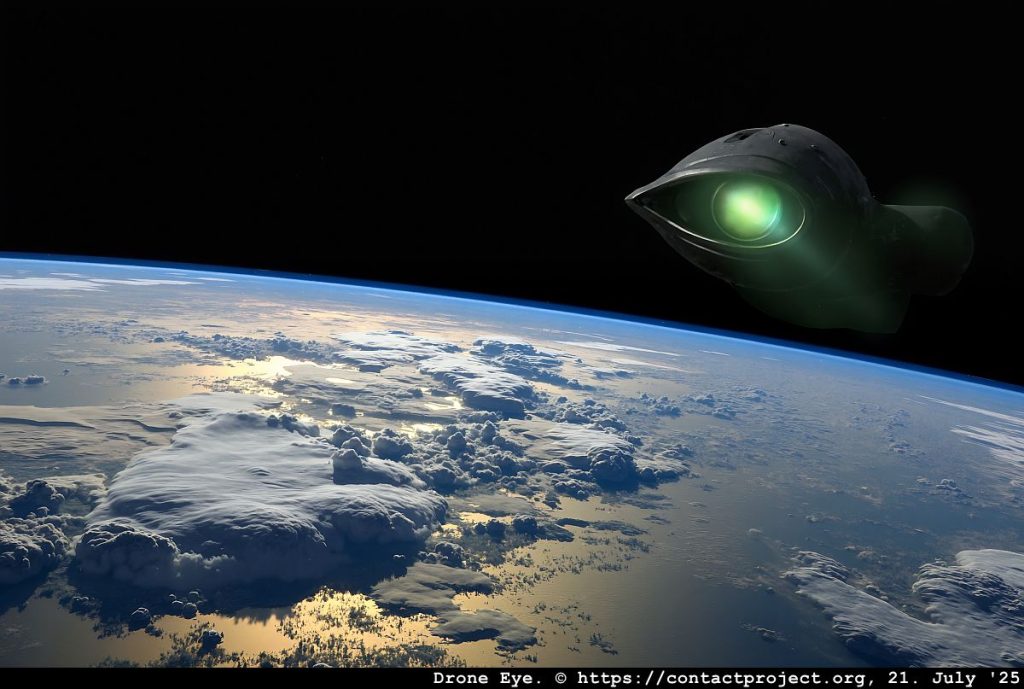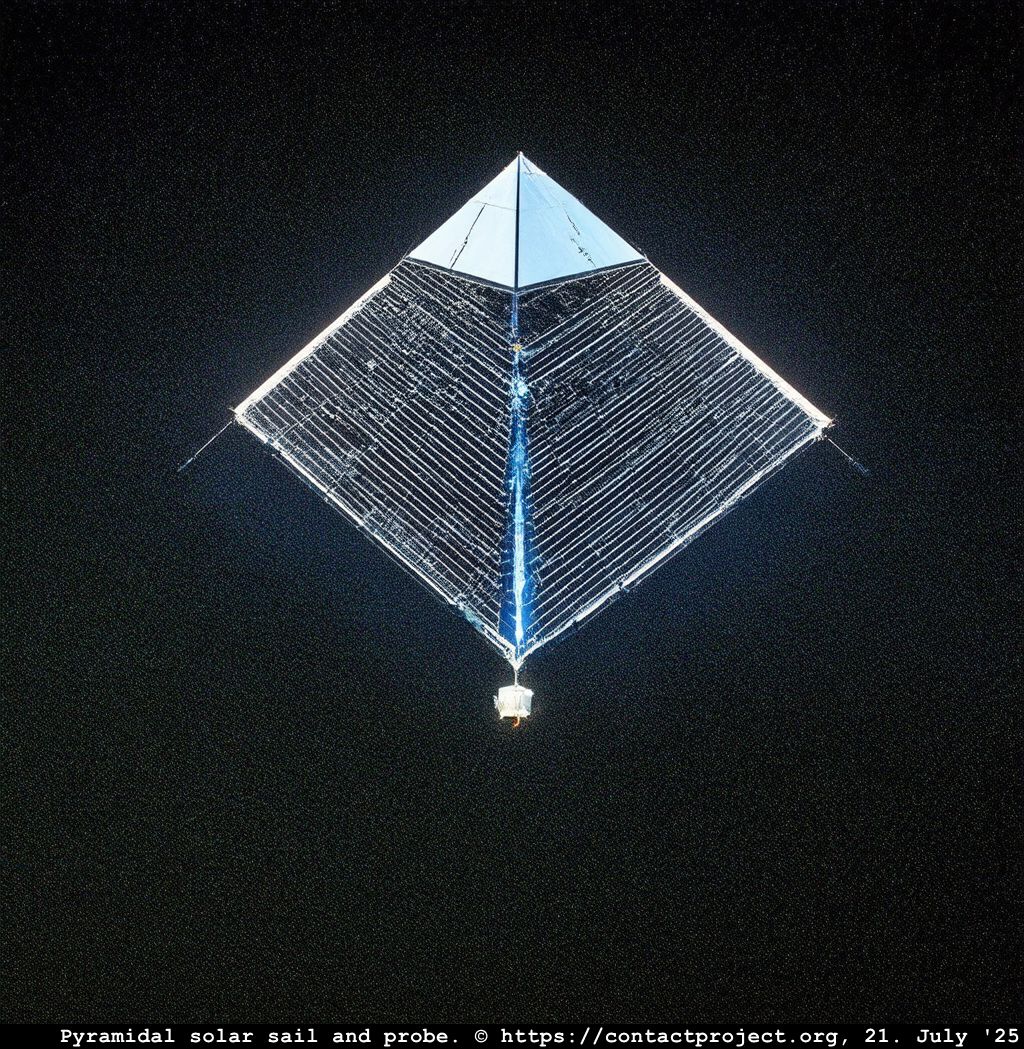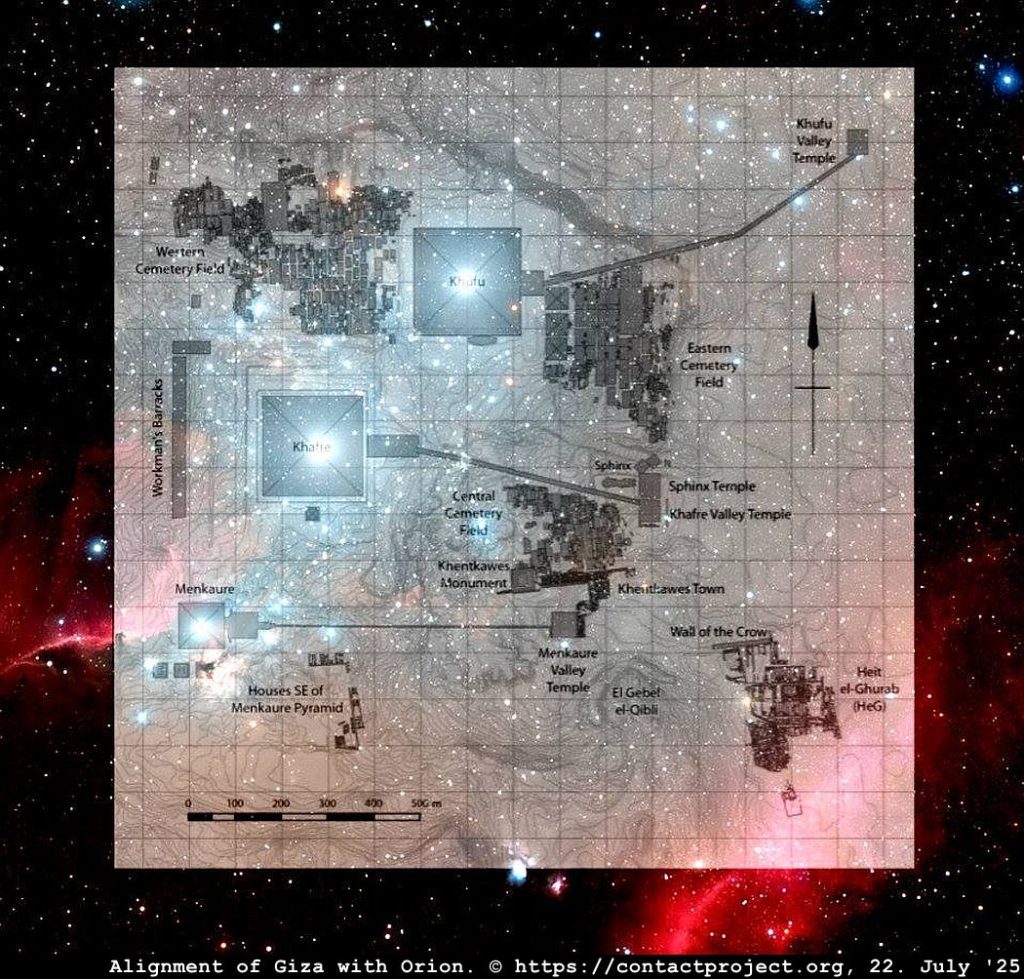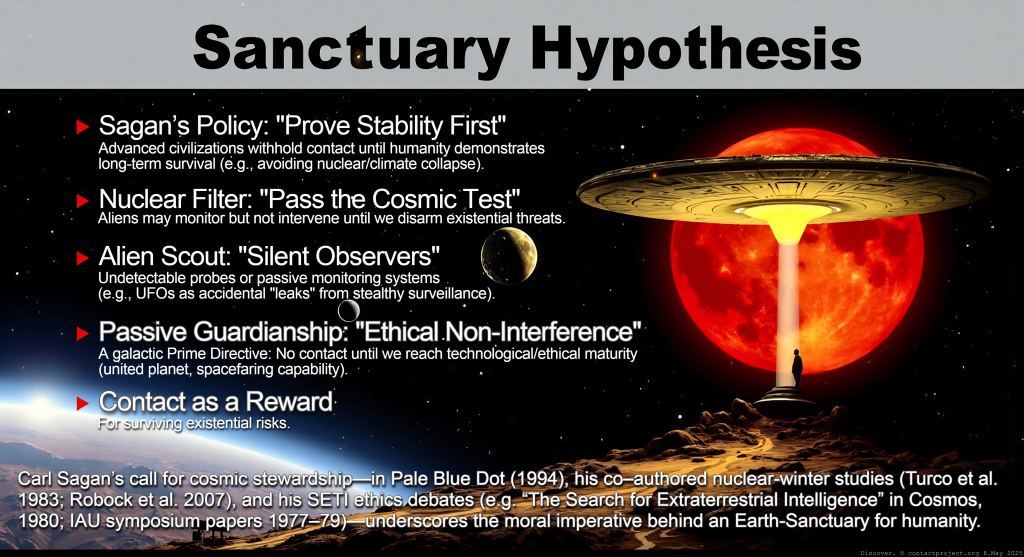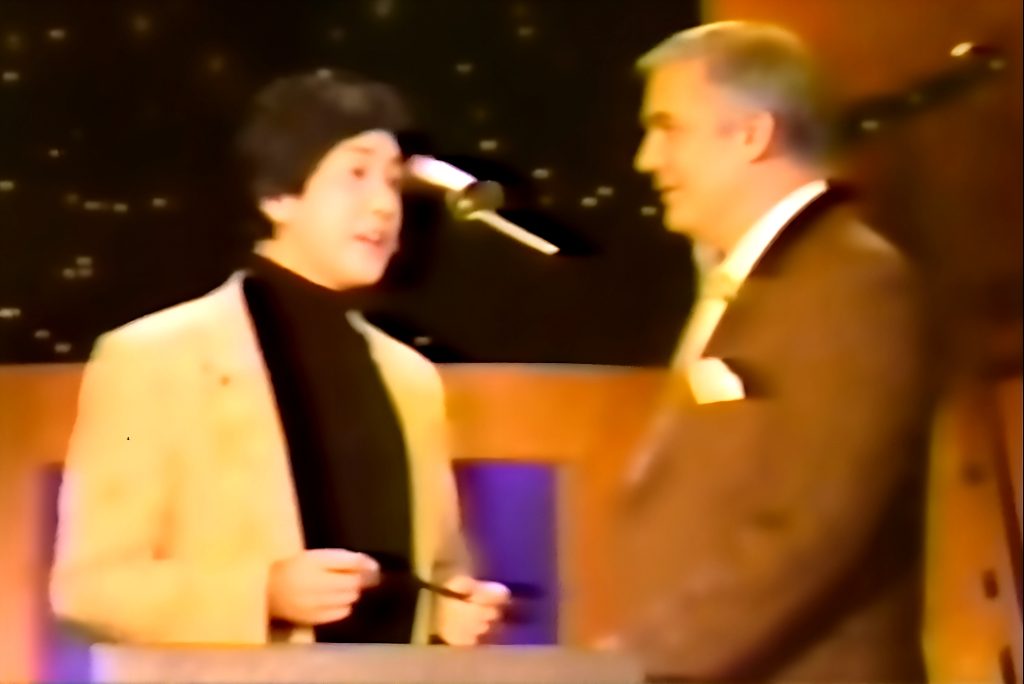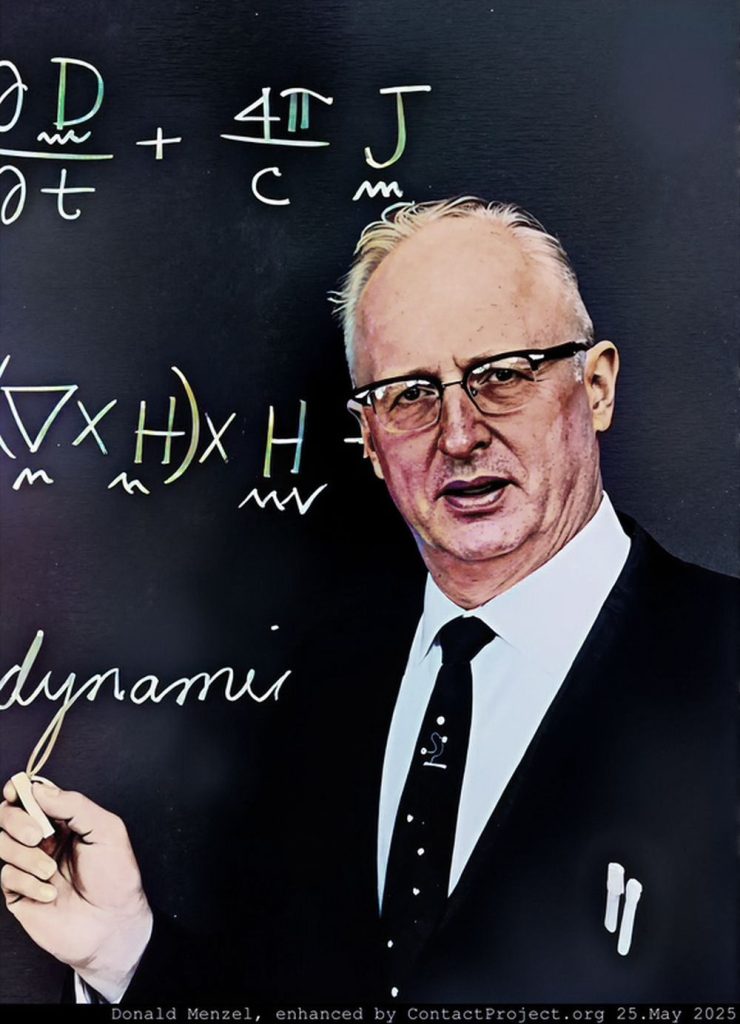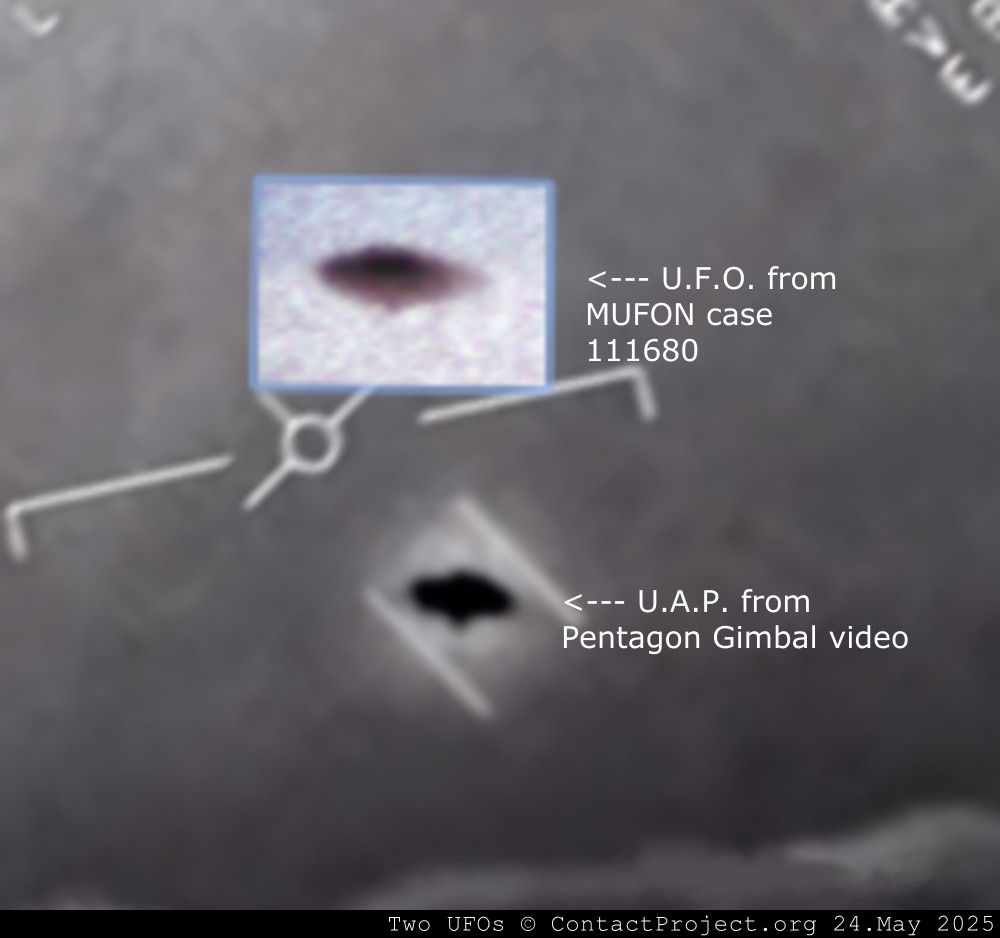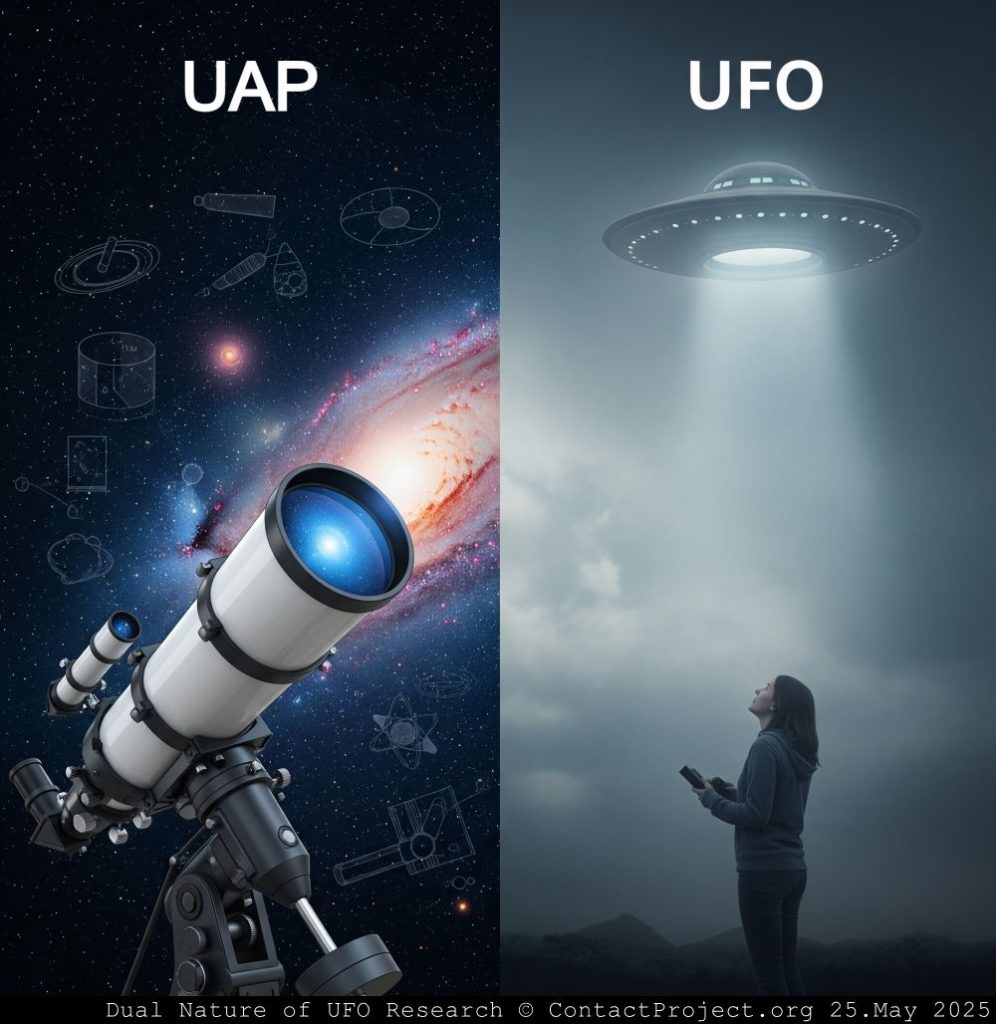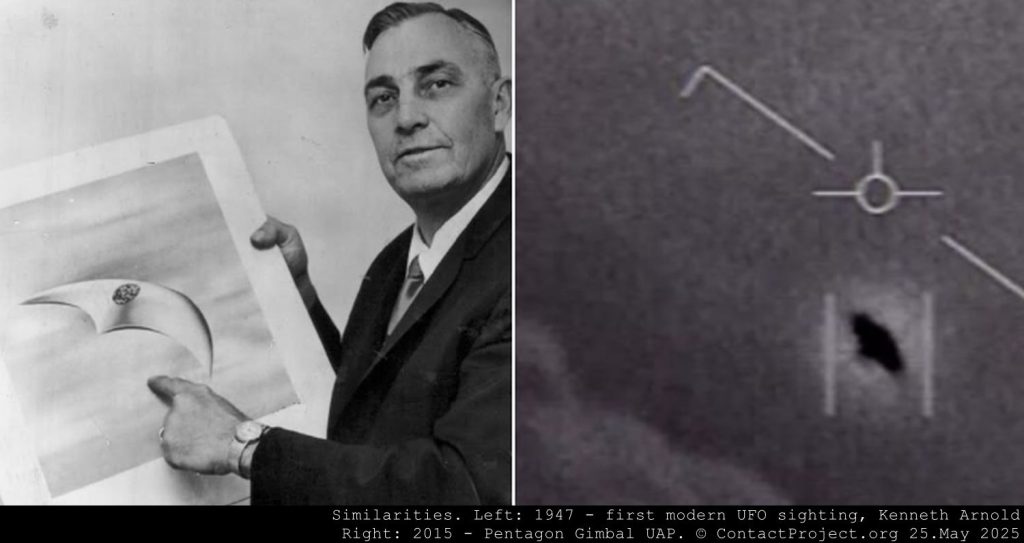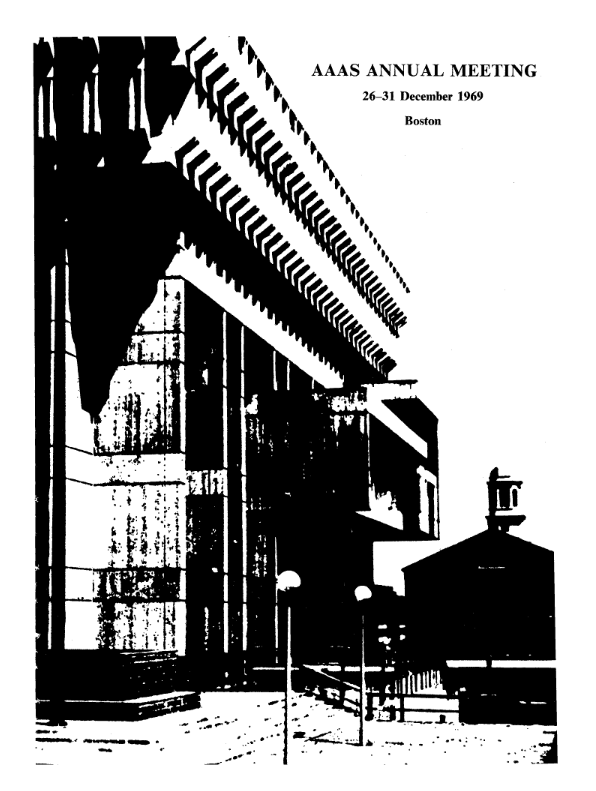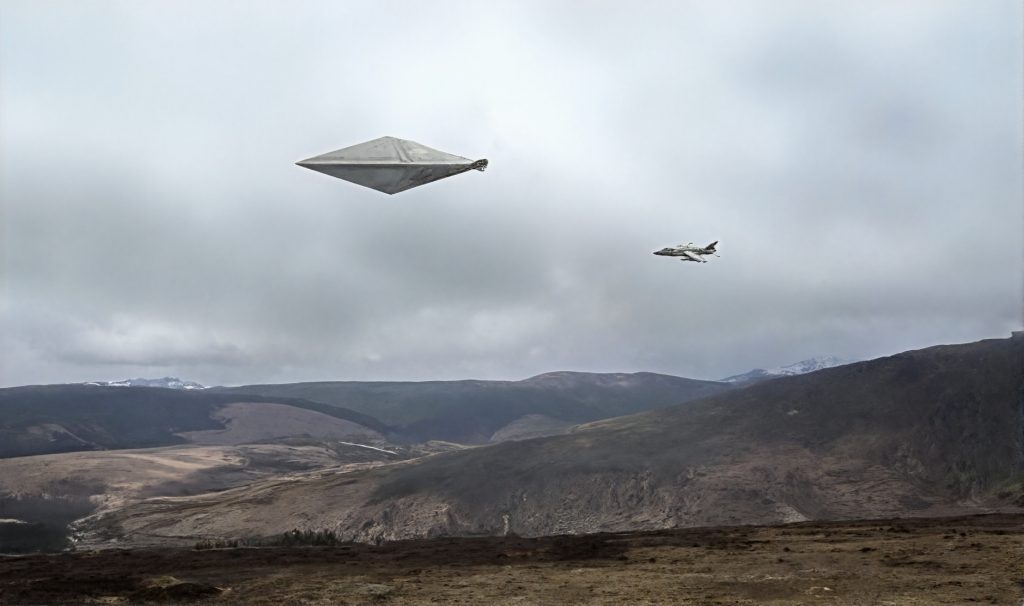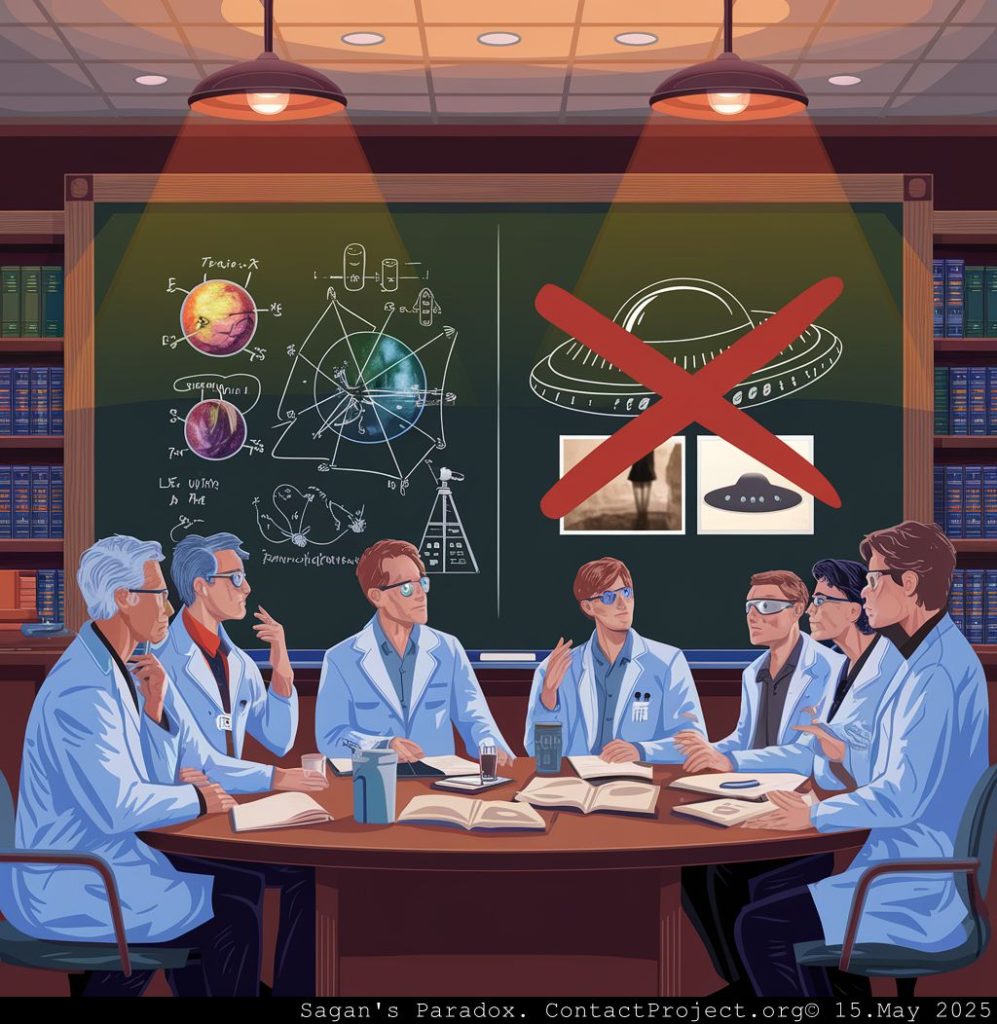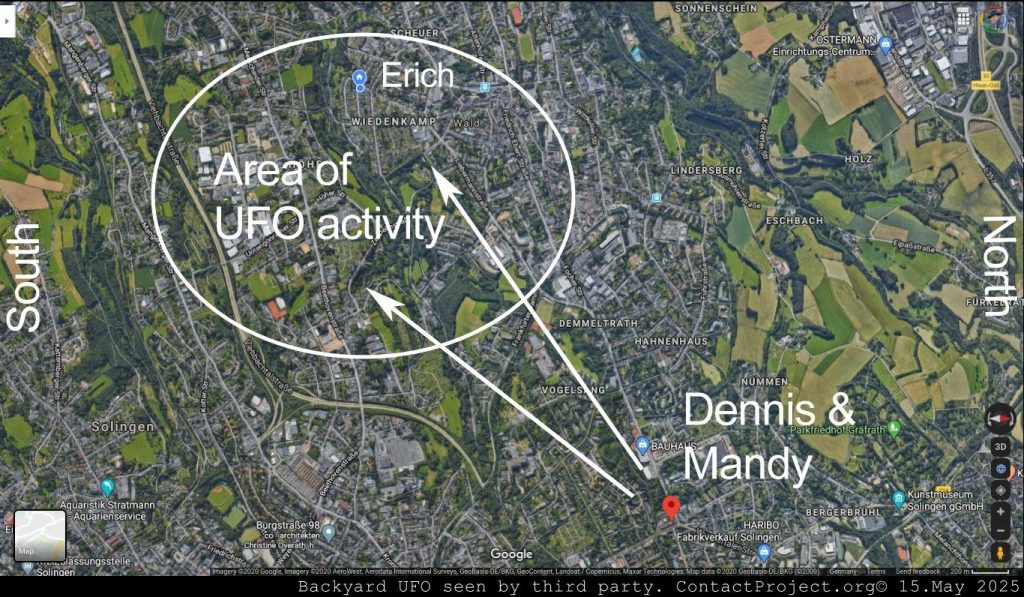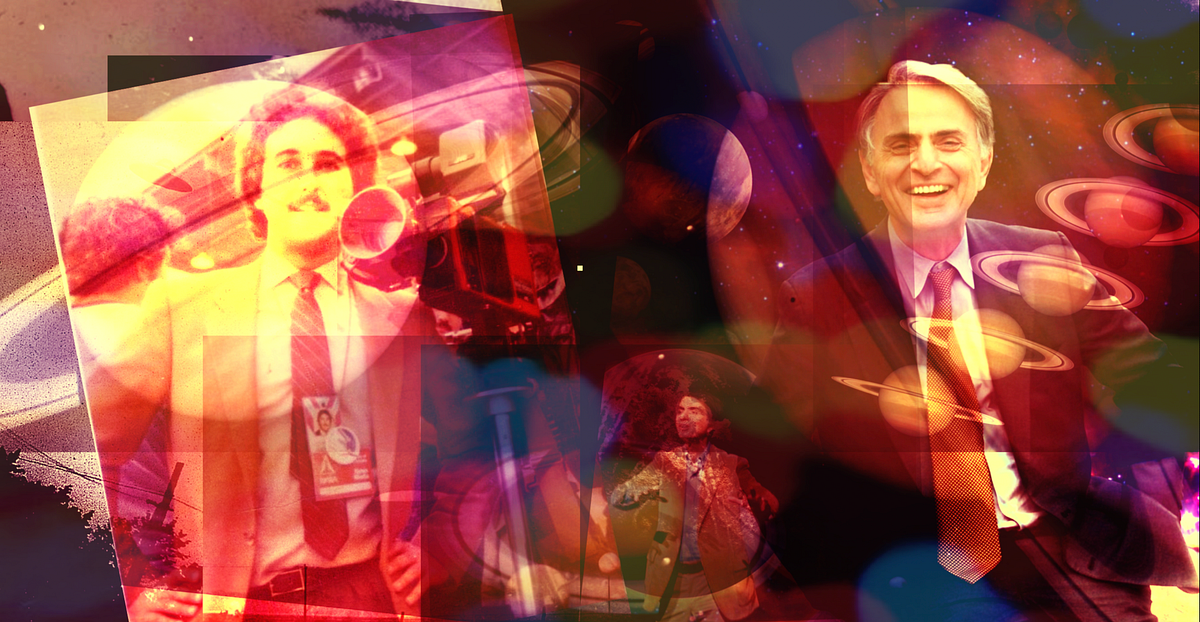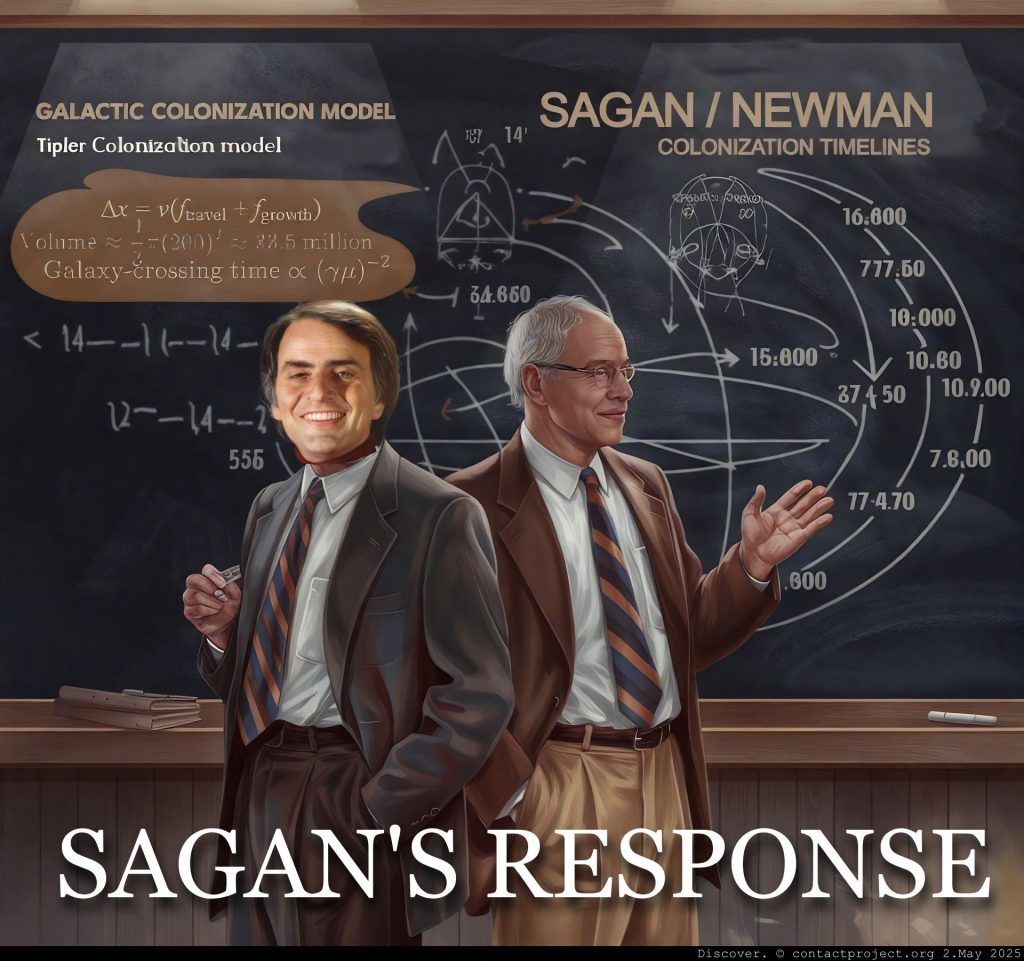No Kings, No Peace
The flickering neon of the “No Kings” sign cast a lurid glow on Professor Elias Ashmole’s face. His reflection stared back from the window, a gaunt, haunted figure framed by the city’s chaotic, simmering rage. It had been a year since the Project 2025 transition began, a year since the subtle, then not-so-subtle, shifts had started to unravel the country’s frayed democratic fabric. Elias, a political scientist who had warned about this very trajectory, now felt like a Cassandra screaming into the void, as if living within a Project 2025 political thriller.
A Dire Warning
His phone buzzed. A message from his former student, a bright, idealistic woman named Lena, now working as a clerk at the Department of Justice.
He called Lena, his voice trembling.
“Lena, are you safe?”
“I can’t talk long,” she whispered. “Project Nightingale has been activated. They’re coming for the list. Just go, Professor. Don’t look back.”
“Thank you,” he managed. “Take care of yourself.”
The line went dead.
The List
A chill ran down his spine. The “list” was his life’s work – a digital archive of every memo, every policy change, every suppressed report that detailed the administration’s systematic dismantling of democratic institutions. It was a roadmap to tyranny, meticulously documented over years.

He knew what Project Nightingale meant. The administration, under the guise of national security, was launching a massive, coordinated sweep. They weren’t just going after political dissidents; they were hunting those who held the keys to the truth. Elias was at the top of that list.
The Chase Begins
As if on cue, a dark, unmarked van pulled up across the street. Two men in black suits and earpieces emerged, their eyes scanning the building. ICE, he thought, now a far more powerful and menacing domestic police force. The government he had once trusted was now an enemy hunting him down.

Escape in Motion
He grabbed the emergency flash drive from his desk drawer, the tiny device containing everything. His escape plan was already in motion. He had a hidden contact in Canada – a network of academics and journalists who had been secretly documenting the same slow-motion collapse.
Slipping out the back alley, he winced as the bitter night air stung his face. Blending into the crowd of protestors, the sound of their chants – a constant, rhythmic drum – mingled with the thud of his own terrified heart.

He could feel the city holding its breath, a single, tense organism. The protests were growing, but so was the government’s grip. The media, once a bulwark, was now a fractured, silenced echo chamber. The FCC had done its job well, shutting down critical voices and leaving a wasteland of compliant news outlets.
Into the Unknown
Elias made it to the subway, the rattling car a sanctuary from the watchful eyes above. But he knew it was temporary. He was a man with a target on his back, hunted for the truth he held. As the train sped toward the border, he felt a desperate hope. He had to get the information out. The fate of the nation, he realized with a sickening lurch, might very well depend on him. The clock was ticking. And the darkness was closing in.

The short story “The Cassandra List” was written as a narrative dramatization of the specific warnings and political analyses detailed in the following briefing. The story translates the research’s academic concerns about the erosion of U.S. democracy into a fictional, high-stakes thriller.
Project 2025 and the Erosion of Checks and Balances: Experts Warn of Dictatorship Risk in Trump’s America
There is significant evidence and expert opinion suggesting that Donald Trump’s actions and policies, particularly during his second term, are moving the United States toward a form of authoritarianism or dictatorship. Below is a summary of the key points:
1. Assault on Democratic Institutions
Trump’s administration has engaged in a sustained assault on democratic institutions, including the judiciary, media, cultural, and academic entities. This includes firing government officials who produce unfavorable reports, pressuring universities into financial settlements, and attempting to redraw congressional maps to favor his party. Critics argue these actions are accelerating the erosion of democratic norms.
2. Implementation of Authoritarian Tactics
Scholars and political scientists have identified multiple red flags indicative of authoritarianism. Incremental Autocratization: Trump’s approach follows a six-step model of democratic erosion, including social turmoil, populist movements, and dismantling of checks and balances. Weaponizing Government Agencies: The Department of Justice and FBI have been used to target political opponents, while immigration enforcement agencies like ICE have been expanded into a massive domestic police force. Attacks on Media and Free Speech: In addition, the FCC has investigated broadcast outlets critical of Trump, while supportive outlets like Fox News are spared. This mirrors tactics used in Hungary and Turkey to control information.
3. Project 2025 and Unitary Executive Theory
Project 2025 is a detailed plan led by the Heritage Foundation and Trump allies (including Stephen Miller and Russell Vought) that aims to centralize power in the presidency. It proposes replacing civil servants with loyalists, weakening Congress, and expanding executive authority to implement radical policies such as national abortion bans, mass deportations, and corporate tax cuts. Trump’s executive orders, such as one allowing him to override independent agencies’ legal interpretations, advance the Unitary Executive Theory. This effectively places the president above the law and undermines constitutional checks and balances.
4. Erosion of Checks and Balances
Judicial interference has become more common, as Trump has repeatedly challenged judicial rulings, called for the impeachment of judges who rule against him, and pressured the Supreme Court to grant immunity for official acts. Congressional subversion is also evident through measures like impounding funds approved by Congress, purging inspectors general, and sidelining legislative oversight, all of which have weakened Congress’s role. Cultural and Academic Control: settlements extracting billions from elite institutions such as Columbia University and shutting down critical voices, for example Stephen Colbert’s show, demonstrate efforts to control cultural narratives.
5. Scholarly Consensus and Warnings
Academic Surveys: hundreds of political scientists rate U.S. democracy as declining rapidly, with Bright Line Watch scores dropping from 67 to 55 (on a 100-point scale) since Trump’s election. Many observers describe the U.S. as entering a “competitive authoritarian” phase. Historical Parallels: experts also compare Trump’s tactics to those of autocrats like Viktor Orbán in Hungary and Recep Erdoğan in Turkey, who used democratic means to consolidate power.
6. Public and Political Resistance
Unpopularity: Trump’s approval ratings remain low (38%-43%), and protests such as the “No Kings” demonstrations reflect public opposition. Midterm Elections: Democrats hope to check Trump’s power through the 2026 midterms, but concerns about gerrymandering and unfair elections persist.
Conclusion
While some scholars argue that the U.S. system – including the courts, state governments, and civil society – may resist full authoritarianism, the consensus is that Trump’s actions align with those of leaders who have dismantled democracies elsewhere. The implementation of Project 2025, attacks on institutions, and centralization of power suggest a clear movement toward dictatorship unless checked by political or public resistance.
For more details, refer to articles from The Guardian, Scientific American, and NPR.





